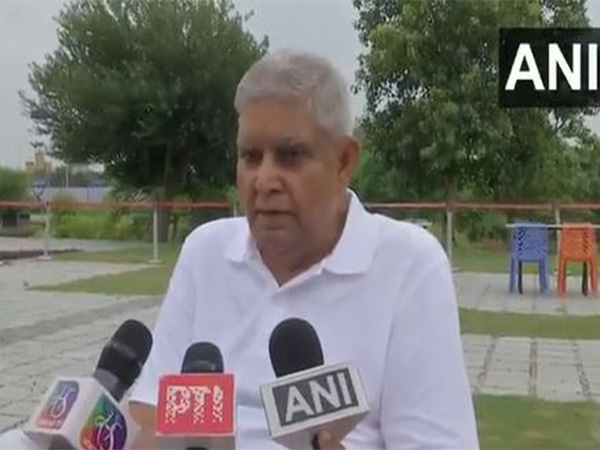New Delhi [India], June 25 (ANI): Moody’s Investors Service has highlighted that escalating water stress poses a significant risk to the country’s sovereign credit strength.
The agency’s latest report underscores how India’s heavy reliance on monsoon rainfall, coupled with rapid economic growth and exacerbated by climate change, could severely impact various sectors, including agriculture, industry, and infrastructure.
India, home to over 1.4 billion people and projected to reach 1.51 billion by 2030 according to United Nations estimates, faces a daunting challenge as water scarcity intensifies.
Currently, the average annual water availability per capita stands at 1,486 cubic metres, a figure that is expected to plummet to 1,367 cubic metres by 2031, according to data from the Ministry of Water Resources.
This decline is alarming, as any level below 1,700 cubic metres indicates water stress, with 1,000 cubic metres marking the threshold for water scarcity.
Moody’s report emphasises that the economic consequences of dwindling water resources are profound.
A decreased water supply disrupts agricultural production and industrial operations, leading to potential inflation in food prices and declines in income for affected businesses and communities.
Sectors such as coal power generation and steel manufacturing, which heavily rely on water for their processes, are particularly vulnerable.
Any disruption in water availability could hamper their operations, thereby eroding their revenue streams and credit strength.
The impact of climate change further exacerbates these challenges, with rising temperatures and erratic rainfall patterns compounding India’s water woes.
Recent extremes, such as temperatures soaring to 50 degrees Celsius in Delhi and northern Indian states, have strained water supply systems.
Moreover, natural disasters like floods–frequent in India–have damaged critical water infrastructure, exacerbating the problem.
In 2023 alone, India witnessed a 6 per cent deficit in monsoon rainfall compared to the average recorded between 1971 and 2020, further stressing the precarious balance of water availability.
The economic toll from such environmental disruptions was starkly illustrated by events like Cyclone Biparjoy in Gujarat and floods in northern India, which collectively caused economic losses estimated at USD 1.2-1.8 billion, as reported by the State Bank of India.
Recognising the severity of the situation, the Indian government has initiated investments in water infrastructure and is promoting the development of renewable energy sources.
Such measures, while crucial for long-term resilience, require substantial financial backing from both the public and private sectors.
Moody’s suggests that sustained investment in these areas could mitigate risks not only for sovereign credit but also for vulnerable industries like power generation and steel manufacturing.
The urgency of addressing India’s water crisis is underscored by its far-reaching implications for economic stability and social welfare.
As Moody’s points out, proactive measures today could safeguard India’s future against the mounting threats posed by water scarcity and climate change. (ANI)
Disclaimer: This story is auto-generated from a syndicated feed of ANI; only the image & headline may have been reworked by News Services Division of World News Network Inc Ltd and Palghar News and Pune News and World News
HINDI, MARATHI, GUJARATI, TAMIL, TELUGU, BENGALI, KANNADA, ORIYA, PUNJABI, URDU, MALAYALAM
For more details and packages
















